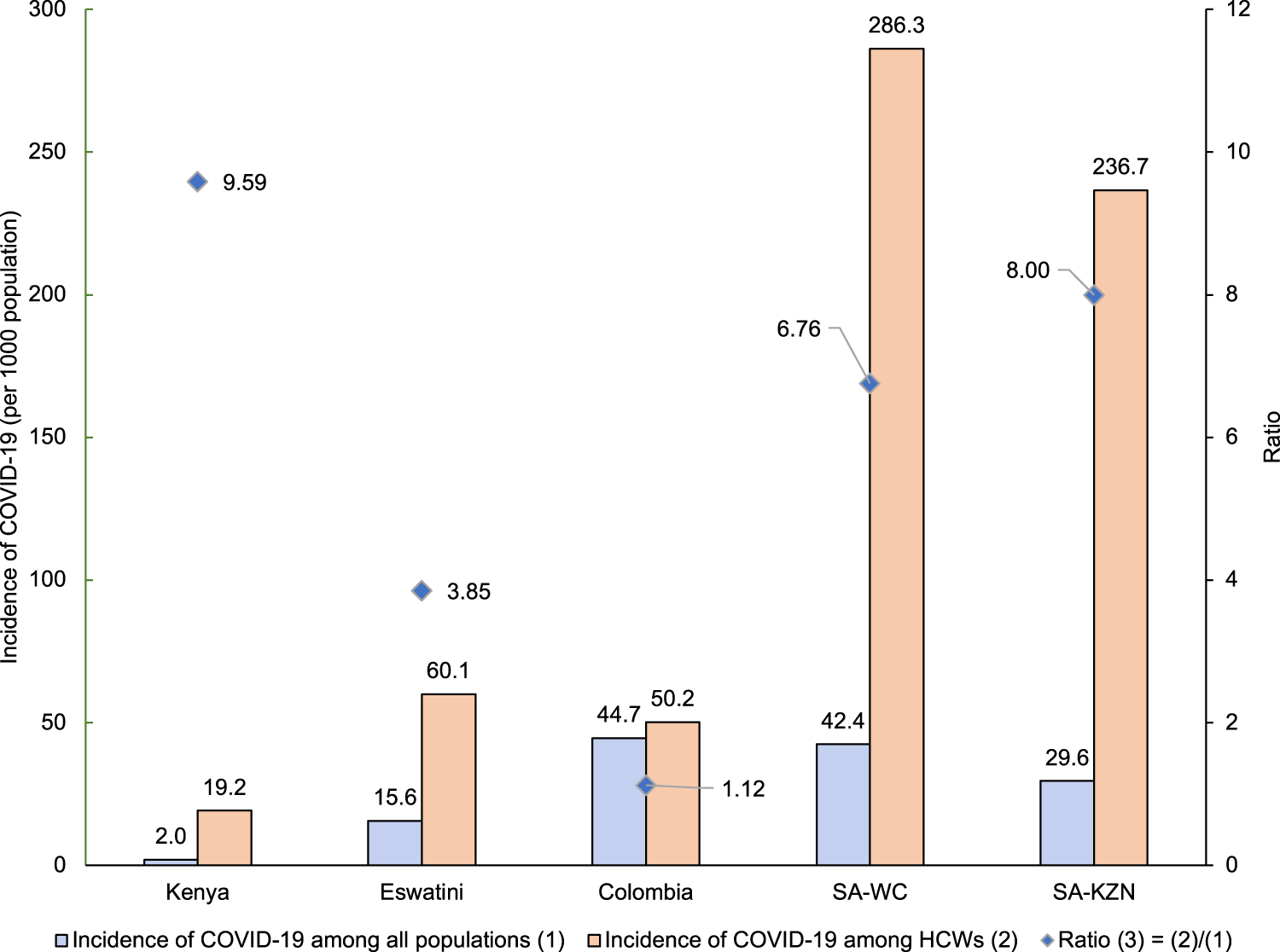The Silent Crisis: The Economic Impact of Population Decline
In an era defined by rapid technological advancements and globalization, one of the most pressing yet underdiscussed challenges facing the world is population decline. Often overshadowed by concerns about overpopulation, the phenomenon of shrinking populations is quietly reshaping economies, societies, and the global balance of power. From aging workforces to dwindling consumer bases, the economic implications of population decline are profound and far-reaching. This article explores the causes, consequences, and potential solutions to this silent crisis.
Understanding Population Decline
Population decline occurs when the number of deaths and emigration surpasses the number of births and immigration in a given region. While this trend is most pronounced in developed nations, it is increasingly affecting emerging economies as well. Countries like Japan, Italy, and South Korea are already grappling with shrinking populations, while others, including China and Germany, are on the brink of similar challenges.
Several factors contribute to population decline:
Declining Birth Rates: As societies become more urbanized and educated, fertility rates tend to drop. Women are prioritizing careers, and the cost of raising children has risen significantly.
Aging Populations: Advances in healthcare have increased life expectancy, leading to a larger proportion of elderly citizens and fewer working-age individuals.
Economic Pressures: High living costs, stagnant wages, and economic uncertainty discourage young people from starting families.
Cultural Shifts: Changing societal norms, such as delayed marriages and a focus on individualism, have also played a role.
The Economic Consequences of Population Decline
The economic impact of population decline is multifaceted, affecting everything from labor markets to government budgets. Below are some of the most significant consequences:
1. Shrinking Labor Force
A declining population means fewer working-age individuals, which can lead to labor shortages. Industries such as healthcare, manufacturing, and agriculture are particularly vulnerable. For example, Japan’s aging population has created a critical shortage of caregivers for the elderly, while Germany has struggled to fill skilled labor gaps in its engineering sector.
A smaller labor force also reduces productivity and innovation, as fewer people are available to contribute to economic activities. This can stifle economic growth and make it harder for countries to compete on a global scale.
2. Increased Burden on Social Systems
As populations age, the ratio of retirees to working-age individuals rises, placing immense pressure on social security systems, pensions, and healthcare services. Governments are forced to allocate more resources to support the elderly, often at the expense of other critical areas like education and infrastructure.
For instance, in Italy, where over 23% of the population is aged 65 or older, public spending on pensions accounts for a significant portion of the national budget. This leaves little room for investment in future generations.
3. Declining Consumer Demand
A shrinking population means fewer consumers, which can lead to reduced demand for goods and services. This is particularly problematic for industries that rely on domestic markets, such as retail, real estate, and automotive. Lower demand can result in decreased business revenues, job losses, and slower economic growth.
In South Korea, for example, declining birth rates have led to a reduction in the number of school-aged children, forcing many schools to close and impacting industries tied to education.
4. Stagnant Economic Growth
Population decline often correlates with slower economic growth. With fewer workers and consumers, economies struggle to maintain momentum. This can create a vicious cycle, as stagnant economies discourage investment and innovation, further exacerbating the problem.
Countries like Japan have experienced decades of economic stagnation, partly due to their shrinking populations. Despite efforts to boost productivity through technology, the lack of a growing workforce has limited their economic potential.
5. Regional Disparities
Population decline is not evenly distributed. Rural areas are often hit hardest, as young people migrate to cities in search of better opportunities. This leads to the depopulation of rural communities, resulting in abandoned homes, closed businesses, and deteriorating infrastructure. In countries like Spain and Greece, entire villages have been left deserted, creating economic and social challenges for remaining residents.
Addressing the Crisis: Potential Solutions
While population decline poses significant challenges, there are strategies that governments and societies can adopt to mitigate its impact:
1. Encouraging Immigration
One of the most effective ways to counteract population decline is through immigration. By attracting skilled workers and young families from other countries, nations can replenish their labor forces and stimulate economic growth. Canada, for example, has implemented a proactive immigration policy that has helped it maintain a stable population and robust economy.
2. Supporting Families
Governments can incentivize childbirth by offering financial support, such as child allowances, tax breaks, and subsidized childcare. Policies that promote work-life balance, such as parental leave and flexible working hours, can also encourage young people to start families.
3. Investing in Automation and Technology
Automation and artificial intelligence can help offset labor shortages by increasing productivity and efficiency. Countries like Japan are investing heavily in robotics to care for the elderly and perform tasks traditionally done by humans.
4. Reforming Pension Systems
To address the strain on social systems, governments may need to reform pension schemes, such as raising the retirement age or encouraging private savings. This can help ensure the sustainability of social security programs.
5. Revitalizing Rural Areas
Policies aimed at revitalizing rural areas, such as improving infrastructure, offering tax incentives, and promoting remote work, can help reverse the trend of urban migration and breathe new life into declining communities.
Conclusion
Population decline is a silent crisis with far-reaching economic implications. From labor shortages and strained social systems to stagnant growth and regional disparities, the challenges are immense. However, with proactive policies and innovative solutions, it is possible to mitigate the impact and build a sustainable future.
As the world grapples with this demographic shift, it is crucial for governments, businesses, and individuals to work together to address the root causes and adapt to the changing landscape. Only by doing so can we ensure that population decline does not become an insurmountable obstacle to global prosperity.



